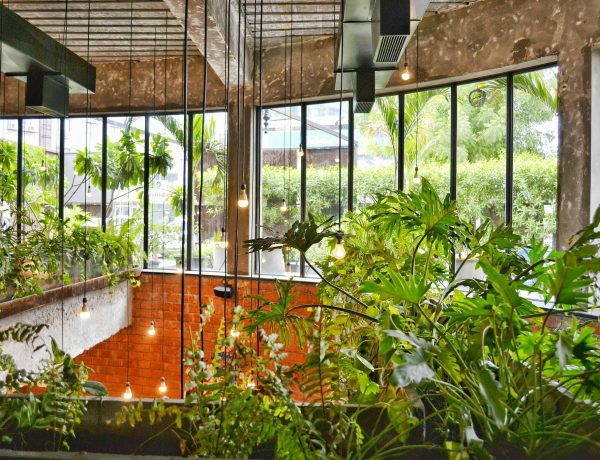Creating a secure, nurturing home environment for children is one of the most essential responsibilities of parenthood. Our homes are not merely physical spaces; they are emotional sanctuaries, supportive hubs, and developmental playgrounds where children explore, learn, and thrive. Recognizing the signs that your home is a haven for your children can offer you peace of mind and guide you in fostering an even more enriching environment.
Open Communication
A critical indicator that your home is a safe haven for your children is the presence of open, honest communication. If your children feel free to express their thoughts, ask questions, and voice concerns without fear of judgment or reprimand, you’ve created a sanctuary where they feel emotionally secure. Such an environment not only nurtures their self-esteem but also fosters their intellectual and emotional development.
Personalized Space
Creating an individualized space for each child is a clear signal that your home is their haven. Whether it’s decorating their rooms with their favorite colors, themes, or using elements like photo tiles featuring family moments and memories, personalizing their spaces gives children a sense of ownership and belonging. This personalization contributes to a child’s emotional well-being, letting them know that their preferences and uniqueness are valued.
Positive Reinforcement
Positive reinforcement plays a vital role in child development. A home that celebrates efforts, not just achievements, ensures that children feel appreciated and understood. This reinforcement can come in various forms, from verbal accolades to visual affirmations like achievement boards or celebrating small wins with family rituals. When children feel consistently supported and celebrated, they gain the confidence to take on new challenges.
Consistent Routine
Structure and routine provide a sense of predictability and security that is crucial for children. A haven-labeled home maintains consistent daily routines, including meal times, study sessions, and bedtime rituals. These routines not only foster responsibility but also offer a safe and stable environment where children know what to expect, reducing stress and anxiety.
Emotional Safety
Another hallmark of a haven is the prioritization of emotional safety. Encouraging emotional literacy, where children learn to identify and articulate their feelings, fosters an environment where emotional vulnerabilities are respected and supported. Allowing children to express emotions like sadness, frustration, or joy without judgment equips them with essential coping skills that contribute to long-term emotional resilience.

Photo by on Pexels
Family Togetherness
A haven for children extends beyond individual comfort—it envelops the entire family. Shared family activities such as meals, game nights, or weekend outings are pivotal in instilling a sense of unity and belonging. These family bonds provide children with a robust support system, teaching them the importance of relationships and collaboration.
Safe Physical Environment
Ensuring a physically safe home is foundational in creating a secure space for children. This includes child-proofing elements like cabinets, electrical outlets, and stair gates for younger children. Additionally, a safe environment involves maintaining a hygiene-rich setting to protect against illnesses and providing spaces for physical activities to promote overall health. A physically secure home complements emotional safety, making the environment truly nurturing.
Encouragement of Creativity
Supporting and encouraging creativity within the home is another sign that you’ve created a haven for your children. By providing them with resources—be it art supplies, books, musical instruments, or designated creative spaces—you enable them to explore, innovate, and express themselves freely. Creativity is not just about arts and crafts; it extends to problem-solving and developing a mindset that embraces curiosity and exploration.
Encouraging Independence
Encouraging children to be independent thinkers and doers, within age-appropriate limits, is crucial. Assigning responsibilities like household chores or allowing them to make choices about certain aspects of their lives builds life skills and self-reliance. A haven fosters an environment where children feel empowered to handle tasks on their own while knowing they have support when needed.
Respect and Boundaries
Respecting each other’s boundaries is essential in a harmonious household. Teaching children to respect others and themselves involves practicing personal space, understanding privacy, and following family rules. When children see these values being modeled and reciprocated, they learn to respect both themselves and others, contributing to their social and emotional maturity.
Conclusion
In essence, a true haven isn’t just about what the home looks like—it’s about how it feels. Through open communication, personalized spaces, positive reinforcement, stable routines, and mutual respect, you can create a nurturing environment where your children feel loved, safe, and capable of growing into self-assured individuals. As a parent, recognizing and nurturing these aspects transforms your house into more than just a building; it becomes a sanctuary where children can thrive in every sense.



